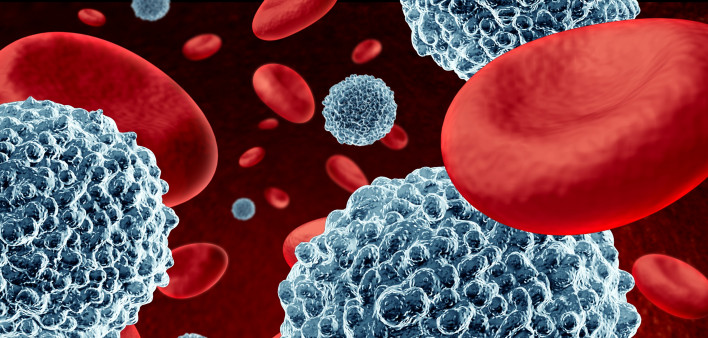The viral reservoir of nonreplicating HIV-infected cells may have different qualities in the gut compared with in blood.
Publishing their findings in PLOS Pathogens, researchers drew biopsies from people with fully suppressed HIV. They analyzed differences in HIV’s method of transcribing itself in cells.
Transcription is a key part of the viral life cycle within a cell. Infected cells that do not transcribe and therefore are not replicating are considered latently infected. The state of latency leaves them under the radar of standard antiretroviral treatment, which works only on replicating cells.
The study authors found that the mechanisms that block viral transcription and support a state of latency differ between HIV-infected cells in the gut and those in the blood. These findings suggest that infected gut cells may be inclined to a deeper state of latency compared with those in the blood. Consequently, HIV cure therapies may be less effective at reversing such latency in infected gut cells.
Given such differences, HIV cure therapies may have to be designed to target infected gut and blood cells differently.
To read a press release about the study, click here.
To read the study, click here.







3 Comments
3 Comments